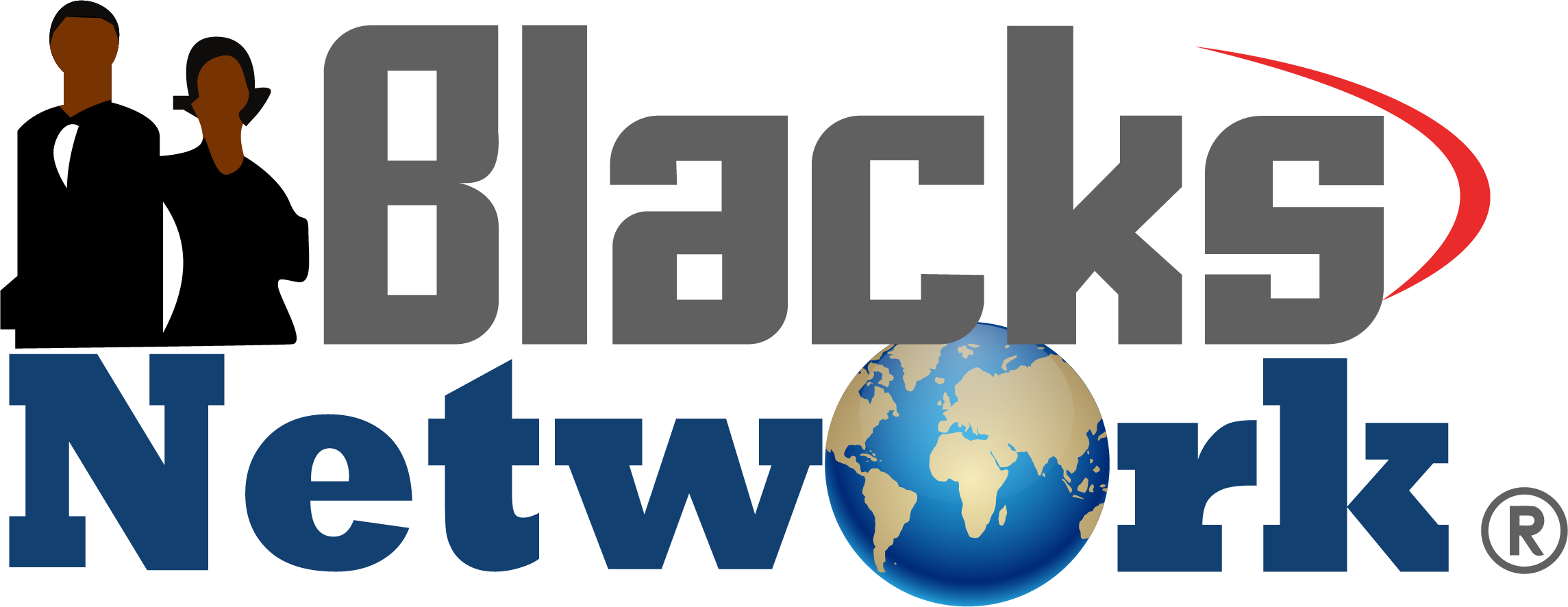According to forecasts, the automotive foams market is expected to be valued at US$ 38,290.9 million in 2023 and US$ 69,878.1 million by 2033.
Key Takeaways
By 2033, the automotive foams market in the United Kingdom is likely to expand, with a CAGR of 4.3%.
In 2023, the United States is expected to expand in the automotive foams market with a share of 17%.
The automotive foams market grew considerably to US$ 36,712.3 million in 2022.
The automotive foams sector expanded at a CAGR of 3.7% from 2018 to 2022.
By 2033, China's automotive foams market is projected to expand with a CAGR of 7%.
By 2033, India's automotive foams market is projected to develop with a CAGR of 7.6%.
Japan's automotive foams industry is likely to expand significantly, with a 9.1% share in 2023.
Australia's automotive foams sector is anticipated to grow with a share of 0.2% by 2023.
In 2023, the polyurethane segment is expected to dominate the market, with a share of 46%, based on foam type.
In 2023, the agriculture segment is anticipated to dominate the market, with a share of 36.3%, based on application.
Request a Sample of this Report:
https://www.futuremarketinsigh....ts.com/reports/sampl
Leading automakers have begun modernizing their cars by adding impact-absorbing foams to improve consumer safety and reduce strain and stress. The demand for the product is expected to be impacted by these goods' lowering prices throughout the projected period.
Consolidating the complete value chain is considered of the utmost importance since several businesses are working to manage costs, regression, and forward integration. The demand for these resources from other application industries is predicted to affect their availability.
Several companies focus on increasing their manufacturing capacity to meet the growing demand. However, the adverse environmental effects of blowing agents and stringent regulatory restrictions provide a substantial barrier to the market's growth. The rising usage of these foams in the automotive industry is driving the market on a worldwide scale.
Competitors Winning Strategies
To increase their market share, key automotive foam companies focus on providing cutting-edge bio-based products. One of the primary business strategies producers use to assist customers and expand the market sector is local manufacturing to reduce operating costs.
Key Players
Bridgestone Corporation
Johnson Controls
Evonik Industries AG
BASF SE
Rogers Corporation
FoamPartner
ARMACELL LLC
Woodbridge
Lear Corporation
Toray Plastics (America), Inc.
The Dow Chemical Company
Recticel
Fostek Corporation
Trocellen
Zotefoams Plc.
For more information: https://www.futuremarketinsigh....ts.com/reports/autom
Recent Developments:
In October 2021, Huntsman and Catalisti began a research initiative to develop state-of-the-art polyurethane foams for automotive applications. The project uses bio-based components to make the foams more environmentally friendly, boosting the automotive foam market's revenue.
Thor Industries, a manufacturer of recreational vehicles with headquarters in the United States, acquired Elkhart Composites in January 2022 for an undisclosed fee. Thor Industries builds RVs more efficiently and provides greater customer service due to the acquisition. Elkboard, a foamed polypropylene-based composite material used for insulation and RV sidewalls, is produced by Elkhart.
Sika AG, a Swiss manufacturer of speciality chemicals, said in March 2019 that it has acquired Belineco LLC, a producer of polyurethane foam systems in the CIS region. The group's trade distribution networks in Eastern Europe should be strengthened as a result.
Key Segments
By Foam Type:
Polyurethane
Polyolefin
Other
By Application:
Seating
Door Panels & Water shields
Instrument Panels
Bumper System
Other Applications
Mi piace
Commento
Condividi









 1 (877) 773-1002
1 (877) 773-1002